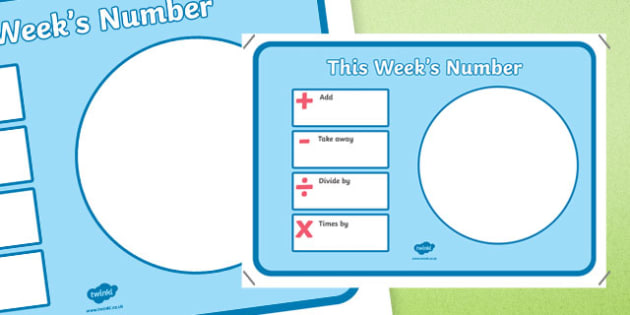
A (H1N1)pdm09: One hundred and sixty-two A(H1N1)pdm09 viruses were antigenically characterized by HI, and 158 (98%) were well-recognized (reacting at titers that were within 4-fold of the homologous virus titer) by ferret antisera to cell-grown A/Wisconsin/588/2019-like reference viruses representing the A(H1N1)pdm09 component for the cell- and recombinant- based influenza vaccines.Viruses selected for antigenic characterization are a subset representing the genetic changes in the surface proteins seen in genetically characterized viruses. In HINT, viruses with similar antigenic properties have antibody neutralization titer differences of less than 8-fold. In HI assays, viruses with similar antigenic properties have antibody titer differences of less than or equal to 4-fold when compared to the reference (vaccine) virus. Ferret antisera are useful because antibodies raised against a particular virus can often recognize small changes in the surface proteins of other viruses. Antigenic differences between viruses are determined by comparing how well the antibodies made against the vaccine reference viruses recognize the circulating viruses that have been grown in cell culture. The new subclade designations improve the ability to track the evolution and co-circulation of multiple groups of influenza viruses.ĬDC antigenically characterizes influenza viruses by hemagglutination inhibition (HI) (H1N1pdm09, B/Victoria and B/Yamagata viruses) or neutralization-based HINT (H3N2 viruses) using antisera that ferrets make after being infected with reference viruses representing the 2022-2023 Northern Hemisphere recommended cell or recombinant-based vaccine viruses. this season express HA genes belonging to clade 3C.2a1b.2a.2, and this clade has been split into multiple subclades. All A(H3N2) viruses collected thus far in the U.S. this season express HA genes belonging to 6B.1A.5a.2, but this clade has been split into the 2a and 2a.1 subclades. The vast majority of A(H1N1)pdm09 viruses collected in the U.S. To reflect the genetic diversity of the HA genes in recent A(H1N1)pdm09 and A(H3N2) viruses, new subclades have been designated. The data are also used to monitor evolutionary changes that continually occur in influenza viruses circulating in humans.ĬDC genetically characterized 2,813 influenza viruses collected since October 2, 2022. These data are used to compare how similar the currently circulating influenza viruses are to the reference viruses representing viruses contained in the current influenza vaccines. viruses submitted from state and local public health laboratories according to the Right Size Roadmap submission guidance. There are also prescription flu antiviral drugs that can be used to treat flu illness those need to be started as early as possible.ĬDC performs genetic and antigenic characterization of U.S.CDC continues to recommend that everyone ages 6 months and older get an annual flu vaccine as long as flu activity continues.All viruses collected and evaluated this season have been susceptible to the influenza antivirals peramivir, zanamivir, and baloxavir, and all viruses except for one (> 99.9%) have been susceptible to the influenza antiviral oseltamivir.The majority of influenza viruses tested are in the same genetic subclade as and antigenically similar to the influenza viruses included in this season’s influenza vaccine.CDC estimates that, so far this season, there have been at least 26 million illnesses, 290,000 hospitalizations, and 19,000 deaths from flu.

Four influenza-associated pediatric deaths that occurred during the 2022-2023 season were reported this week, for a total of 149 pediatric flu deaths reported so far this season.Of the 12 influenza A viruses detected and subtyped during week 17, 3 were influenza A(H3N2) and 9 were influenza A(H1N1).


During week 17, 36.0% of viruses reported by public health laboratories were influenza A and 64.0% were influenza B.The number and weekly rate of flu hospital admissions remain low.Nationally, outpatient respiratory illness is below baseline, and nine of 10 HHS regions are below their respective baselines.



 0 kommentar(er)
0 kommentar(er)
